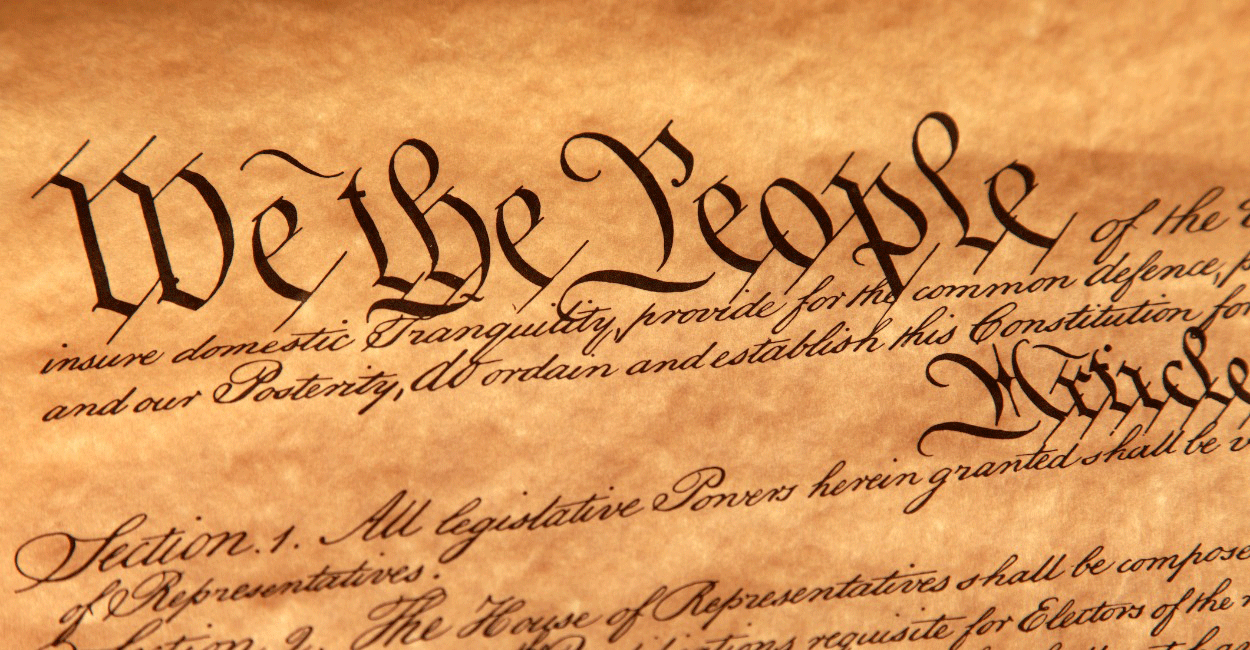 The Constitution can’t defend itself, and we can’t defend it either if we don’t know what it says. That’s why we read it on Wednesdays. Last week I learned about Article One, Section 8, Clause 1, about Congress’ power of taxation. Section 8 is all about the powers of Congress, and today I’ll look at Clause 2. It’s a doozy.
The Constitution can’t defend itself, and we can’t defend it either if we don’t know what it says. That’s why we read it on Wednesdays. Last week I learned about Article One, Section 8, Clause 1, about Congress’ power of taxation. Section 8 is all about the powers of Congress, and today I’ll look at Clause 2. It’s a doozy.
Article 1 §8.2
To borrow Money on the credit of the United States;
I kind of want to leave it at that. But I already glossed over the how the power to raise taxes also means spending the money (and the whole knotty history of government spending) in Clause 1 last week. But I’ll try to keep this simple.
The Framers specifically removed a phrase from the draft Constitution that would allow Congress to “emit bills” but even without it, in 1870, the Supreme Court partly relied on this clause to establish Congress’ authority to issue treasury notes and to make them legal tender in satisfaction of antecedent debts.
Clause 1 didn’t say much about taxes, perhaps in part because the Framers didn’t have much experience with taxation. But that can’t be the reason they didn’t say much about debt. The U.S. was born in debt and has never been out of it. It’s a few years old now, but the Atlantic has a wonderful, must-read history of U.S. national debt that keeps it really simple.
Relevance Today
It may be simple, but it’s definitely not insignificant. According to Pew, in 2017 national debt approaches $20 trillion, a number that I think is literally inconceivable to most people, and slightly exceeds the GDP.
Since the tax bill was almost literally being written as they voted on it, it’s hard to know how accurate estimates are, but it may add another $1.5 trillion to the debt. If you like scary movies, check out the real-time debt clock.




About the author